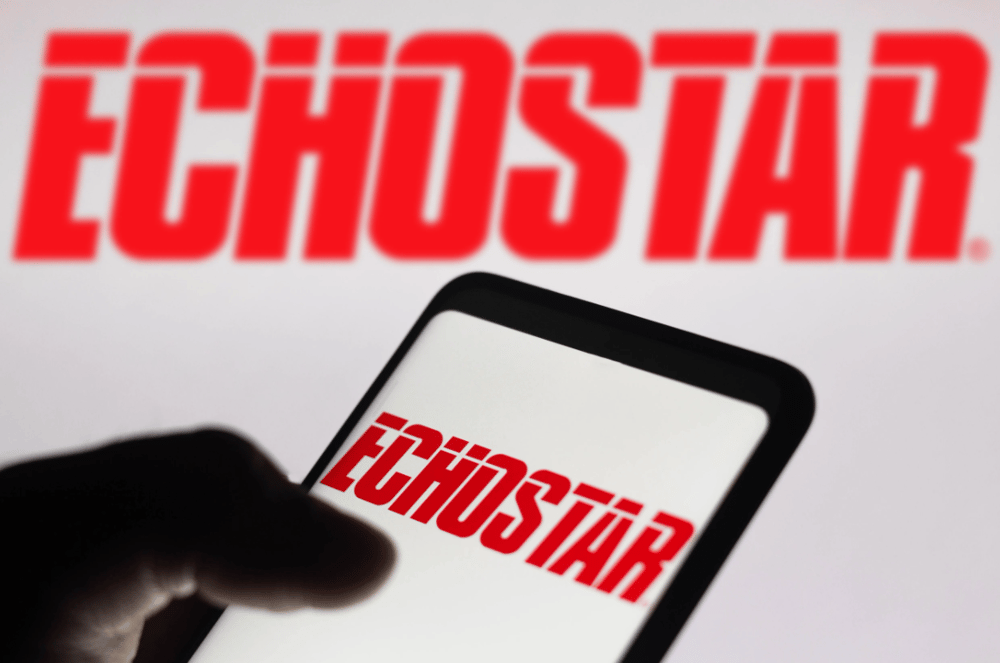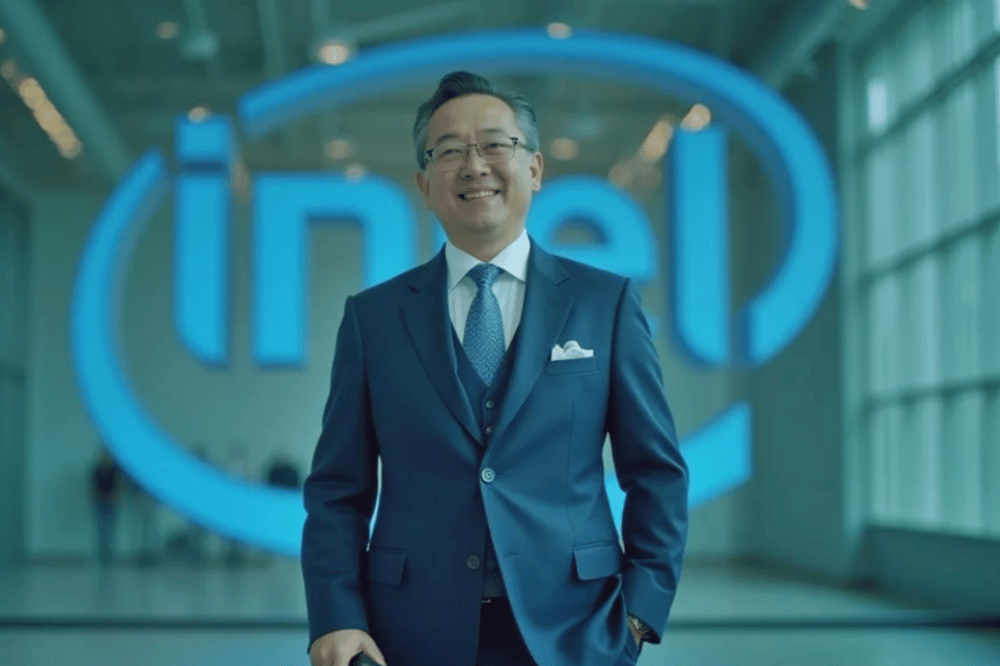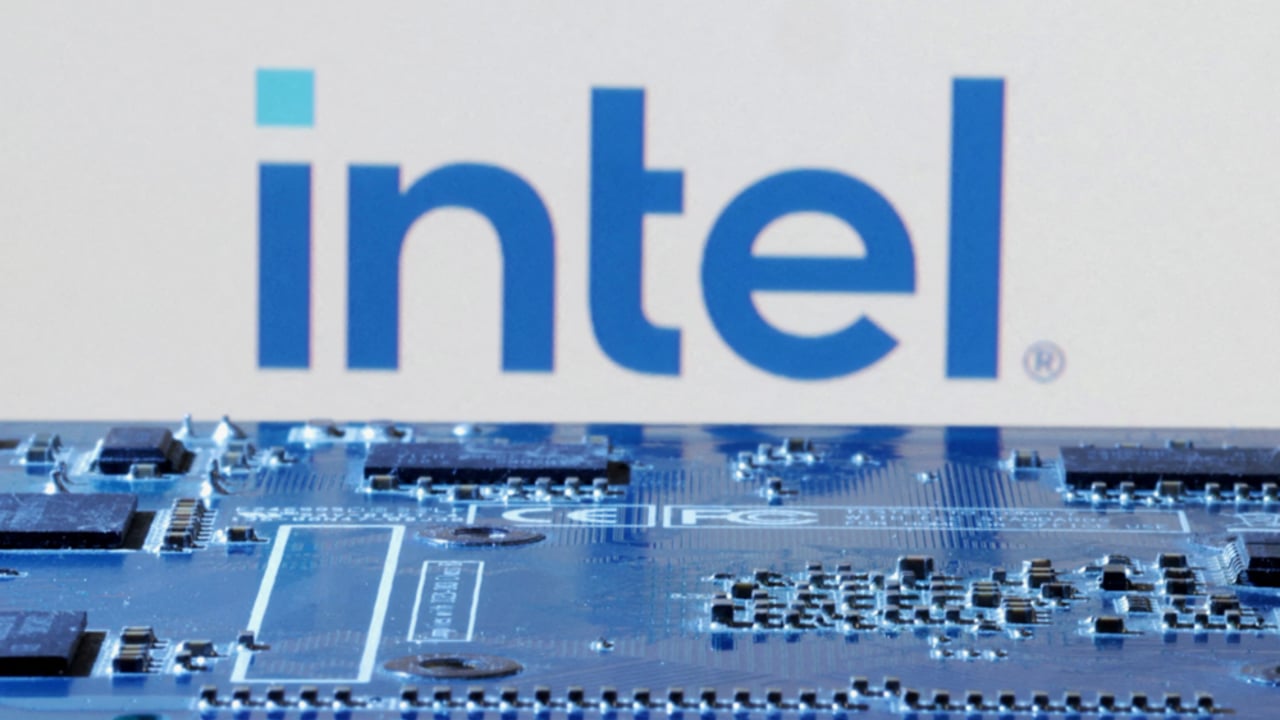In a significant move reshaping the tech landscape, Lip-Bu Tan has taken the helm as CEO of Intel. Once dominating over 90% of the personal computer and data center server markets, Intel has witnessed a steady decline in dominance as emerging rivals like Nvidia seize the initiative. Tan’s appointment marks a strategic pivot, one that emphasizes a streamlined version of the company’s classic approach—one where direct collaboration with engineers and genuine incorporation of customer feedback take center stage.
Transforming Management Principles for a Modern Era
Lip-Bu Tan’s vision for Intel is deeply rooted in a shift from traditional, financially driven directives to a model that prizes technical excellence and agility. The new CEO underscores the importance of engaging closely with Intel’s engineering teams to foster innovation and align product development with the ever-evolving demands of the market. By modernizing the company’s operational ethos, Intel aims to not only regain its historical prominence but also to redefine its role in an increasingly competitive tech arena.
Tan’s innovative approach includes several strategic initiatives:
1. Launching new products that directly address real customer requirements.
2. Encouraging direct interaction between top management and the engineering teams to refine production processes.
3. Investing robustly in research and development to craft competitive solutions.
4. Strengthening partnerships with leading technological institutions and industry experts.
5. Focusing on long-term innovation projects rather than short-term financial gains.
These initiatives reflect a comprehensive overhaul of Intel’s internal dynamics. The shift is expected to streamline decision-making, reduce product development cycles, and elevate the overall quality of technological solutions delivered by the company.
Driving Change in an Era of Technological Transformation
Over the past few years, Intel’s gradual decline from its near-monopoly in the PC and server markets has been driven by rapid technological advancements and an ever-changing economic landscape. The increased pace of innovation globally necessitates that legacy companies like Intel adapt quickly. Tan’s strategy emphasizes updating manufacturing processes, embracing the standards of the digital economy, and investing in groundbreaking, long-term projects.
Key areas of focus in Tan’s strategy include:
Enhancing product quality by integrating direct customer insights.
Optimizing operational expenditures through a thorough review of internal processes.
Bolstering Intel’s appeal in global markets by reestablishing its commitment to innovation and high standards.
Upgrading the technological base to ensure the company does not lag behind contemporary competitors.
With these measures, market analysts see a promising pathway for Intel’s resurgence. The new leadership is committed to transparency, operational agility, and proactive adaptation to global changes, all of which could help re-establish Intel’s stronghold in a fiercely competitive landscape.
Building a Resilient Foundation Under New Leadership
At the core of Tan’s strategy is the belief that renewed investment in innovation and a more nuanced approach to product development will pave the way for Intel’s revival. The strategy aims to revitalize every layer of the organization—from research and development to production and marketing—ensuring that each segment harmonizes with the overarching mission of technological excellence.
The anticipated benefits of the new strategy can be summarized as follows:
1. Shorter product development lifecycles leading to faster market releases.
2. Enhanced customer satisfaction through improved communication channels with engineering teams.
3. Reduced operational costs as internal workflows are streamlined.
4. Increased investment appeal, contributing to long-term corporate stability.
5. A strengthened global presence achieved through a return to innovative practices and agile decision-making.
These factors collectively establish a robust foundation for Intel’s journey toward regaining leadership in both the semiconductor industry and the broader high-tech market.
Lip-Bu Tan’s appointment heralds not just a new leadership cycle for Intel, but also the dawn of an era characterized by agile development, direct communication lines, and an unwavering focus on quality. This strategic realignment is designed to restore confidence in Intel’s brand and secure its place as a leader in the highly competitive landscape of semiconductors and high technology.








Decisions that prioritize forward-thinking initiatives hold the potential to radically reshape the future of tech automation